Las Vegas family inspired by relative who survived Holocaust



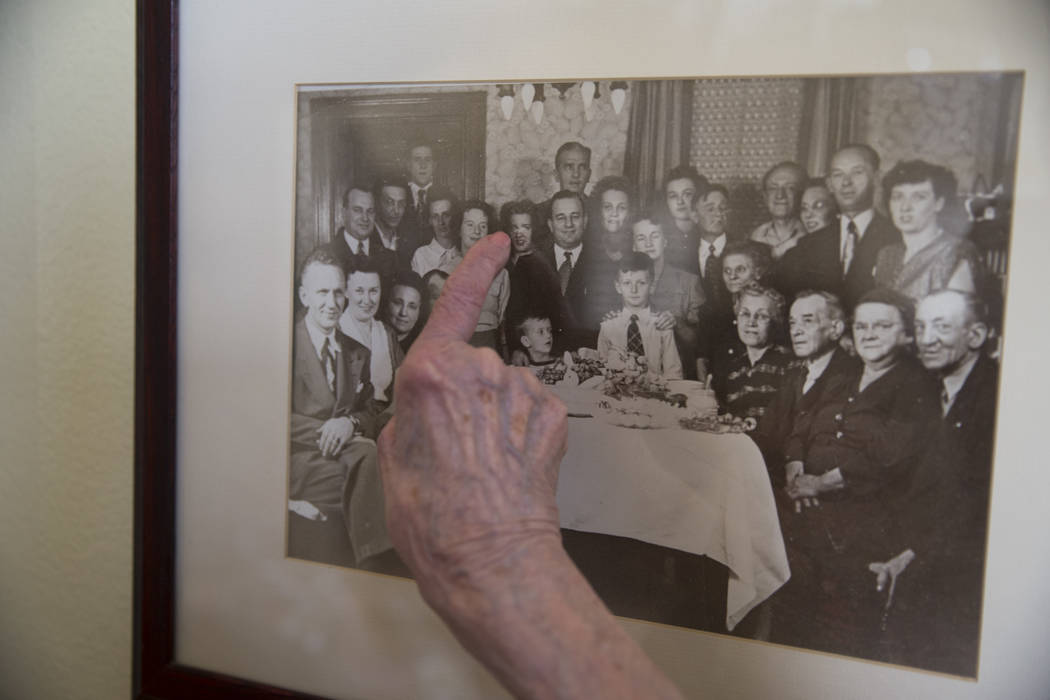
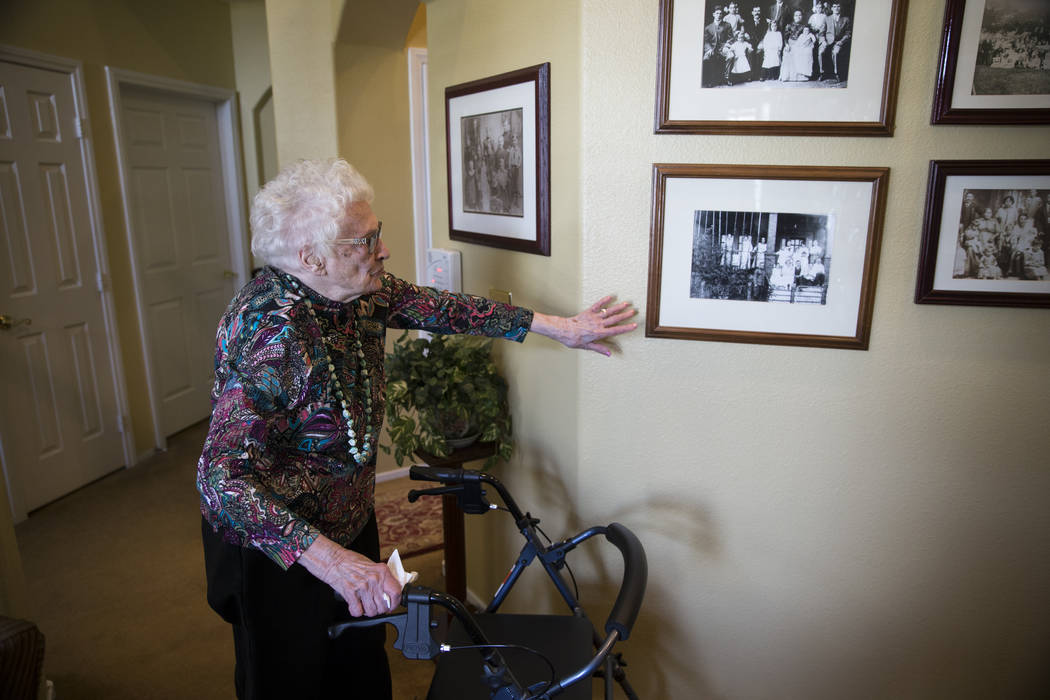




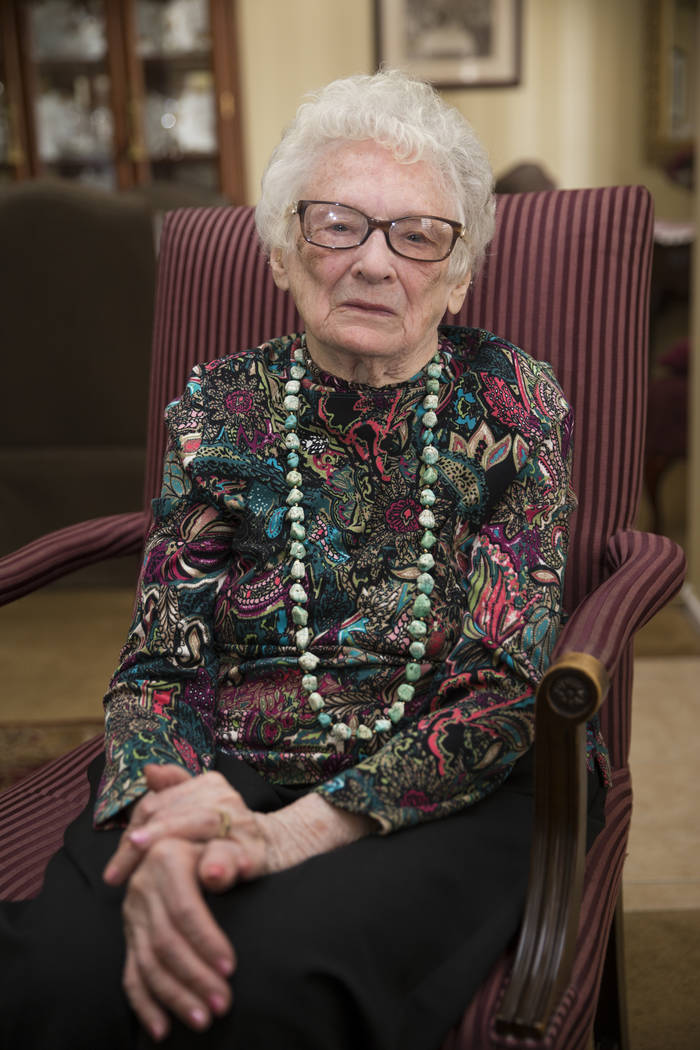
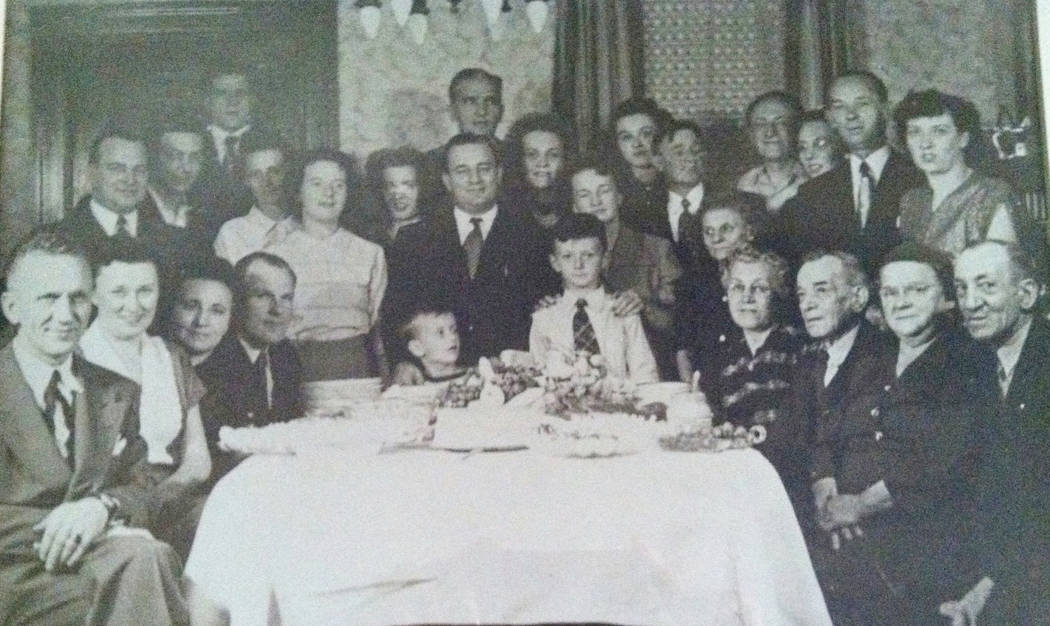
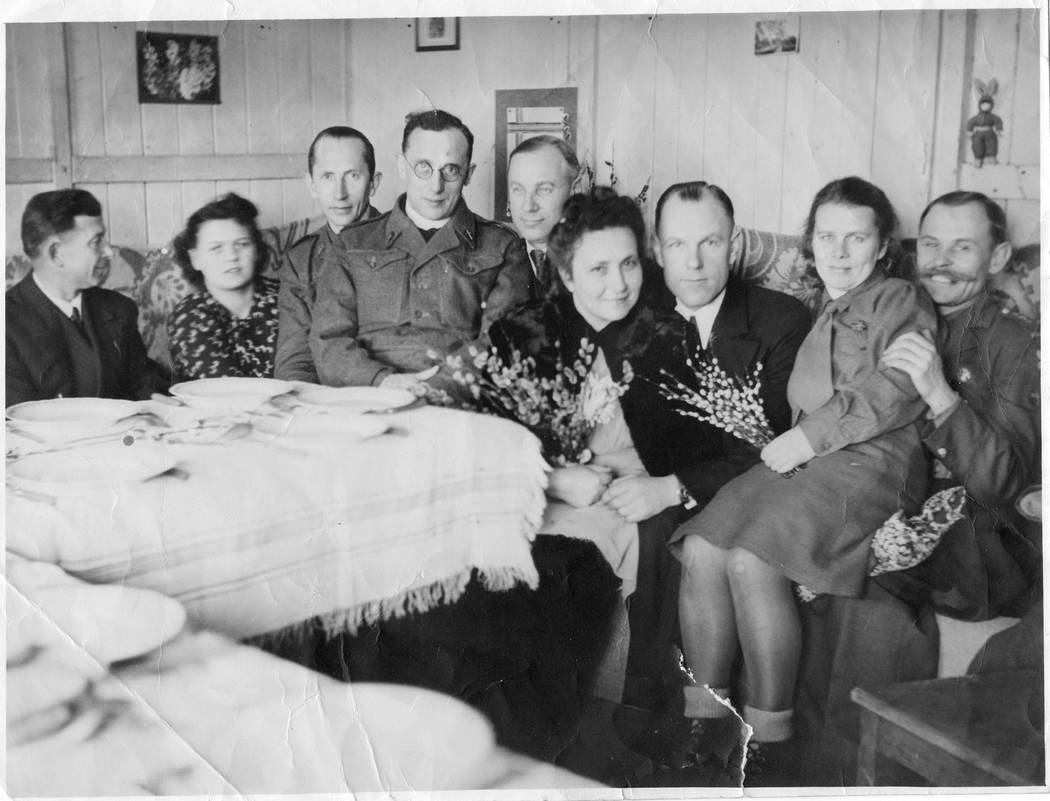
Even at just 5 years old, Ron Lawrence could sense the strange things happening in his family. He noticed the long-distance telephone conversations his grandmother was having — in Polish — with somebody somewhere about something he couldn’t discern.
Lawrence eventually learned that the conversations concerned his cousin, Mary Szymerski, who spent several years as a political prisoner in Nazi concentration camps during World War II, then lived for four more years in a displaced persons camp in Germany while awaiting the opportunity to immigrate to the United States.
It’s a story that Lawrence and other family members heard from Mary herself after the war, and it continues to inspire family members even today.
Resistance
Mary and her family lived in Gorlice, Poland. When the stirrings of world war came to Poland, Mary was in her mid-20s, an elementary school teacher and a Girl Scout leader. But, already, she was doing things that brought her to the attention of the authorities.
“Whenever the Nazis would bring prisoners into the community, the Girl Scouts would make soup and feed the prisoners,” Lawrence said. Mary taught Jewish children who were forbidden to attend school. And she and her family would hide people threatened by the Nazis and help them to escape.
“My belief is that (Gorlice’s) underground movement grew out of that,” said Lawrence, who recalls Mary once telling him that helping those in trouble was a mandate of her Catholic faith.
Lawrence’s mother, Maryann Lawrence, now 92, was in her early teens when her cousin in Poland was arrested. She said Mary “had a good heart and was not a person to let people in trouble go without help. When she was in the camps, she helped a lot of the women to survive and did her best to make them want to live.”
Arrested
Lawrence said Mary was arrested about a year after the Nazis occupied Poland. “Basically, she was the first person to be taken out of their village,” he said. “The Nazis saw her as the kingpin of the underground.”
“My aunt wrote to my mother and said she had been taken to a camp, and they missed her, and said for all of us to pray for her,” Maryann said.
“People told us she was sent to many camps” over the course of the war, Maryann said, and Mary said after the war that she was infected with typhus as part of a Nazi medical experiment in one of the camps.
As the war wound down, the Nazis began to execute political prisoners, Lawrence said. But, he said, Mary recalled that, on the day she was to be killed, “all of a sudden there was this pandemonium.”
The camp was being liberated by British troops. Mary was freed in April 1945, but lived in a displaced persons camp in Germany until 1949. While there, she married her husband, Kasimir. A photo taken that day shows the women in the bridal party holding pussy willows, the only flower that was available, and Mary — who, Lawrence said, also was a talented seamstress — wearing a wedding dress made out of burlap.
Lawrence learned later that Mary’s sewing talent served her well during her imprisonment. While locked in what was called a starvation cell, Mary would, in her mind, design and create a dress, imagining every step, from visiting a fabric merchant to cutting fabric to sewing every stitch.
A new land
Meanwhile, in America, relatives were working to sponsor Mary and her husband to immigrate. “I can remember my grandmother,” Lawrence said. “She’d sit on the bottom step of the staircase and be on the phone talking Polish.”
Mary sent her American relatives letters in which she talked about the camp and the programs she and her husband were running to keep up the spirits of fellow residents. In a few letters, Mary also expressed frustration, Lawrence said, wondering when they could finally come to America.
Finally, on Oct. 12, 1949, Ron’s grandfather went to New York City’s docks to greet Mary and Kasimir. The new immigrants boarded a train for Pittsburgh, Pa. There, the couple initially lived in an apartment the family had prepared for them. Mary got a job at an amusement park where she could practice her English, and later worked in a bakery and in housekeeping at a hospital.
Lawrence, a therapist, is founder and clinical supervisor of Community Counseling Center of Southern Nevada. He recognizes that Mary suffered from what would now be called post-traumatic stress disorder. At times, she’d become “immobile,” he said. “I can remember her having to be hospitalized and bringing in a wheelchair. Then it passed, whatever ‘it’ was.”
‘Cultivate your mind’
During the ’60s, Mary visited Poland to see her mother and later brought her to America. Mary moved to Florida in the ‘70s and, Maryann said, seemed to like it. And in 1993, Mary, then in her 70s, passed away.
As a curious child, Lawrence often asked Mary about her wartime experiences and how — and why — she was able to survive. But the conversations he remembers most were about even more important things.
“She was always saying, ‘Things don’t matter. Cultivate your mind and your heart, because those are the things that cannot ever be taken away,’ ” Lawrence said. “That’s what kept her alive.”
Contact John Przybys at jprzybys@reviewjournal.com or 702-383-0280. Follow @JJPrzybys on Twitter.



















